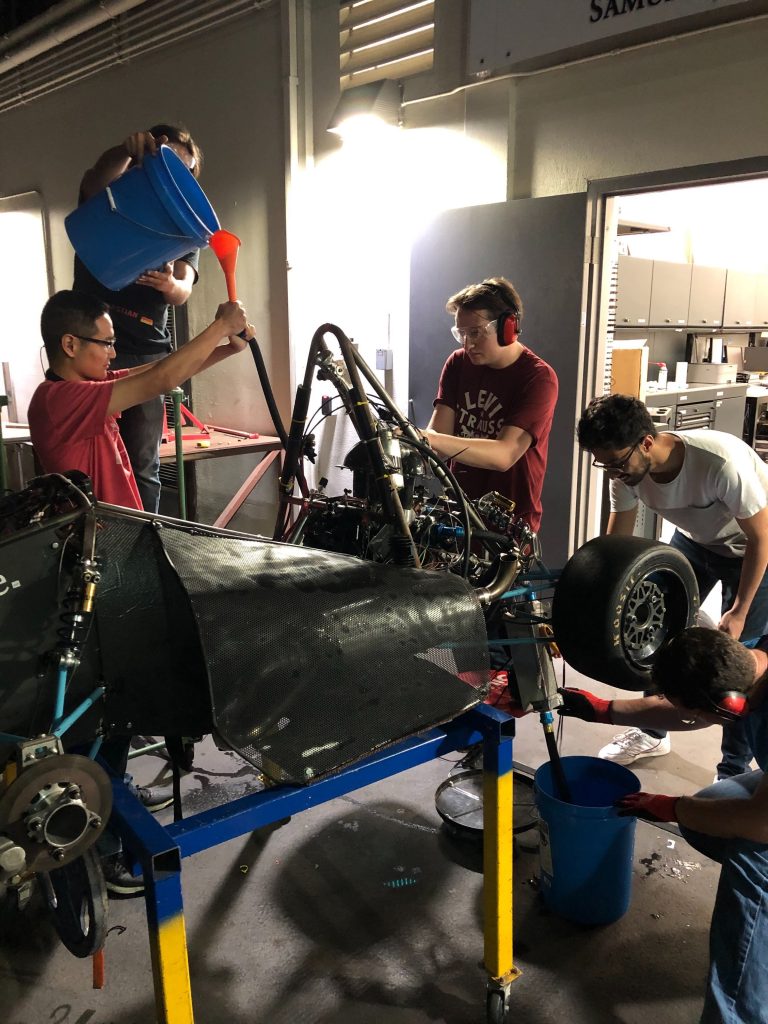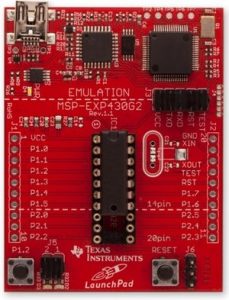
Matt McMurry (left) with co-driver Dalton Kellett (right) and the #52 PR1-Mathiasen Motorsports Team
Braselton, GA. — At the Petit Le Mans on Saturday, October 12, Anteater Formula Racing Chief Engineer Matt McMurry sealed his first Driver’s Championship in the IMSA WeatherTech Sports Car Championship’s LMP2 class. He also earned his sixth class win of 2019.
McMurry, Aerospace Engineering ’20, currently leads the development of Anteater Racing’s entry for the 2020 Formula SAE California competition next June.
From the International Motor Sports Association (IMSA):
McMurry, PR1 Mathiasen Motorsports Win LMP2 Race and Championship
The Le Mans Prototype 2 (LMP2) class was decided by the halfway point of Saturday’s 10-hour race. By just taking the green flag, the No. 52 PR1 Mathiasen Motorsports ORECA LMP2 wrapped up the team championship, with driver Matt McMurry clinching the driver’s title.
The No. 38 Performance Tech Motorsports ORECA won the LMP2 pole in qualifying on Friday but was eliminated less than 90 minutes into the race. Cameron Cassels slowed in the esses to let the No. 6 Acura Team Penske DPi go past. But the trailing No. 7 Acura Team Penske DPi ran into the rear of the No. 38, sending it into the Turn 4 barrier and bringing out the first full-course caution of the day.
That left the No. 52 driven by McMurry, Dalton Kellett and Gabriel Aubry alone in class on track. Just past the halfway point, however, smoke erupted from the rear of the car, and it headed to the paddock and didn’t return.
“I wish we could have raced into the night to see how the track is and how the lead would hold,” Aubry said. “We had a good car. I think something happened on the rear suspension and took us out of the race. The track is tough on the car, but that’s how it goes.”
The victory was the sixth in a row to close the LMP2 season for the No. 52. It propelled McMurry, the 21-year-old from Phoenix, to the first major championship of his young racing career.
“It’s amazing,” McMurry said. “I’ve been watching IMSA my whole life. My dad drove in LMP2 and P1 for years, and to be the champion is pretty special.
“The team did great all year, I couldn’t have done it without them. They performed pretty flawlessly all year. There were a couple of unfortunate things that happened, but it was nothing the team could have done to prevent it. The team, all the pit stops were perfect, the suspension and setup were almost always spot on as soon as we pulled it off the trailer.
“It’s special, and I’m glad I did it with PR1, and with Dalton and Gabby.”














